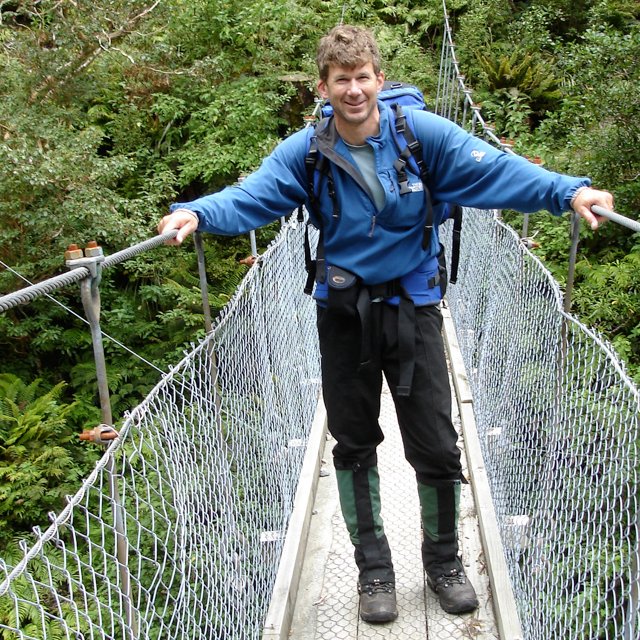Why Are Glaciers Blue?
A journey of light bouncing through ice
Story by Mark Jordan
Video by Tara Holley
June 10, 2022
Transcript of “Why Glaciers Are Blue” as narrated by Ray Corrigan:
As winter's grip lingers, few blue tones are visible within the glaciers’ wonderland of white. Deep snow extends unbroken, into the high alpine. Serpentine moraines, cloaked from sight, lay static under nature's thick blankets.
Snow, like sunlight, appears white to the human eye — a mixture of every color on the visible spectrum. Every color wavelength reflects against the snow — none able to permeate its depths.
“Only violet-blue light, oscillating at the visible light spectrum’s highest frequency, remains asynchronous to water’s hum and scatters to reach our eyes.”
When summer thaw arrives, the onslaught of melting and calving is colossal. Glaciers bleed torrents of raging meltwater. Meandering creeks erode surface snow, uncovering older, denser, subcutaneous ice. The glacier’s guts emerge, as blue as the ocean.
Why? Energy exists in all matter, hidden from our senses. Molecules continually stretch, scissor, rock, wag, twist, and wiggle.
This vibration energy of water molecules matches the energy of the red-orange in the visible spectrum. And as they synchronize, the ice traps red’s wavelength — it is no longer visible to us.
Only violet-blue light, oscillating at the visible light spectrum’s highest frequency, remains asynchronous to water’s hum and scatters to reach our eyes.
When light reaches snow, aerated ice crystals act as mirrors, reflecting light every which way. But, as snow layers gradually compress under their own immense weight, the glacier’s density increases, squeezing out air bubbles, forcing light to penetrate deeper and longer.
Now, as summer exposes the densest and thickest layers of ice, we see the deepest hues of blue. But just for a time.
Soon, the dropping temperature will refreeze the glacial melt, new snow will fall, and once again, the blues will recede under an expanse of crystalline white.
Mark Jordan
Mark Jordan has 25 plus years of experience working in international outdoor education. Additionally, he has worked as a commercial pilot and has a seven-year global healthcare consulting tenure.

